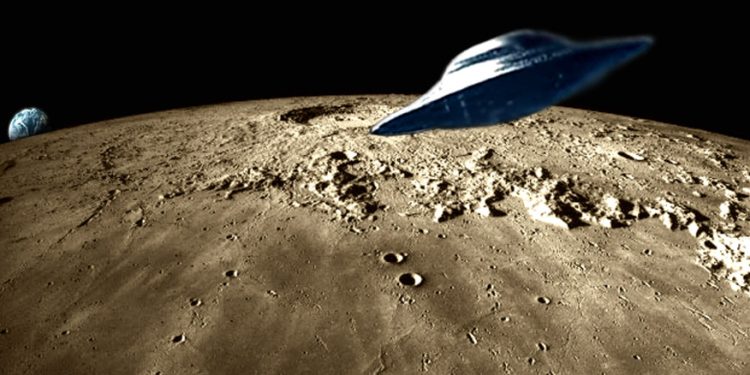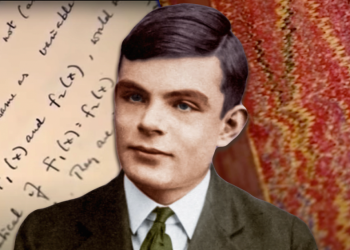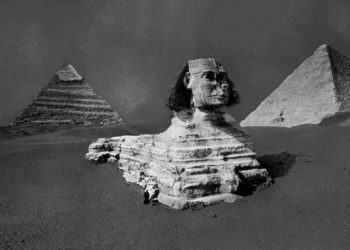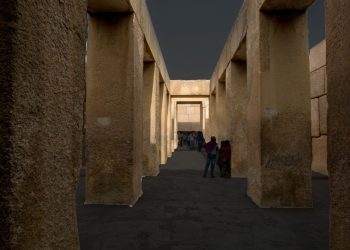The first UFO sighting on the Moon was recorded in 1668 when a colonial preacher observed a strange light moving across the lunar surface. Centuries later, NASA archives still preserve this baffling report that challenges our understanding of early astronomical observation.
Long before modern UFO sightings began
In today’s world, UFO reports surface regularly, ranging from pilot encounters to videos released by military sources. But unknown aerial phenomena are not a modern curiosity. Long before radar or spacecraft, early observers of the skies documented inexplicable visions in the heavens—objects and lights they couldn’t explain but couldn’t ignore.
For centuries, such mysterious sightings were often interpreted through the lens of religion. In medieval times, unusual lights or shapes in the sky were typically described as divine manifestations, signs from God, or visitations by celestial beings. But the invention of the telescope in the early 17th century marked a turning point. Humanity was suddenly able to peer more deeply into the cosmos, and with that came not only greater knowledge—but also more mysteries.
The first UFO sighting on the moon occurred in 1668
The first UFO sighting on the Moon was reportedly made in November of 1668 by Cotton Mather, a colonial-era preacher known for his scientific curiosity as much as his religious devotion. Using a refracting telescope—then a relatively new invention—Mather observed an unusual point of light on the Moon’s surface. The light appeared to hover and move, standing out sharply against the otherwise still lunar landscape.
The observation was unusual enough to be preserved in what is now NASA’s Chronological Catalog of Reported Lunar Events. This archive compiles documented reports of strange phenomena seen on or near the Moon over the centuries, ranging from unexplained flashes to odd atmospheric distortions. Among these entries is Mather’s report, a star-like point of light that defied his expectations of what the Moon should look like through a telescope.
Though the language of the time did not include terms like “UFO,” Mather’s description fits the modern criteria: an unidentified object or light observed in the sky—except, in this case, it was seen against the Moon.
Could there be a natural explanation?
While it’s tempting to read this 17th-century account as an early sign of extraterrestrial activity, more grounded explanations are also possible. Atmospheric distortion, for example, can cause lights to appear as though they are hovering or moving. Early telescopes, lacking the precision of modern optics, were particularly susceptible to such illusions.
Additionally, natural Earth-bound phenomena such as reflections, high-altitude ice crystals, or even solar activity might have created optical effects that appeared strange to Mather. Yet despite these possibilities, the fact that his sighting is officially cataloged and preserved makes it stand out from the many undocumented observations of the era.
NASA’s interest in these older lunar observations reflects a broader recognition: that even early records, written in a vastly different scientific and cultural context, might hold value for modern researchers. They offer historical insight not only into what was seen but how it was interpreted by the people of the time.
The first UFO sighting on the Moon, recorded in 1668, is one of the earliest documented examples of unexplained lunar activity. Cotton Mather’s report, preserved in historical records and NASA’s own archives, offers a rare glimpse into early telescopic observation and the enduring mystery of the Moon.
While optical distortion or atmospheric conditions could explain the strange light, the details remain unresolved. Centuries later, the Moon continues to be a subject of interest—not only for its natural features, but for the anomalies that observers, past and present, have reported.











